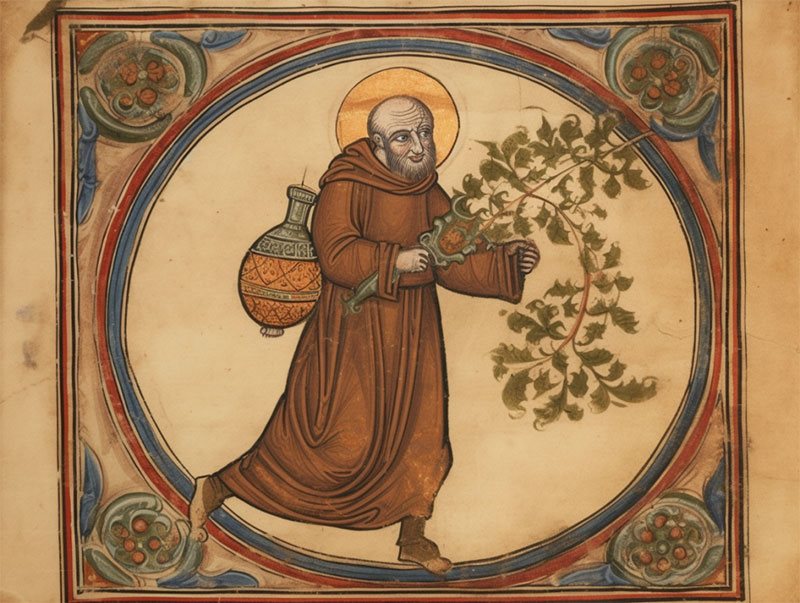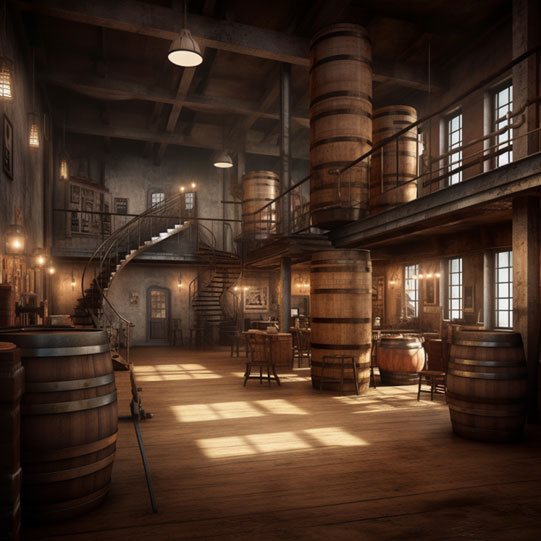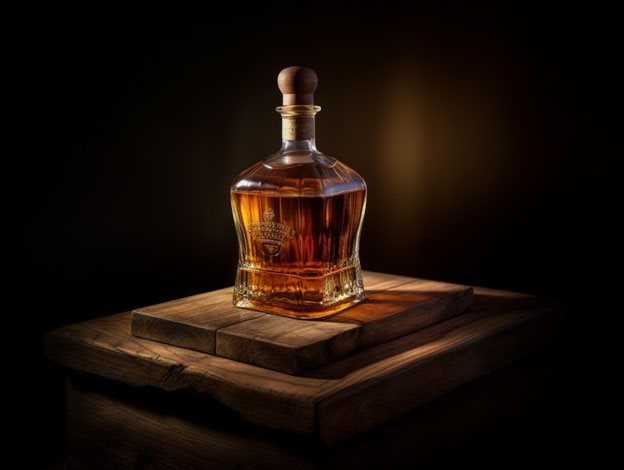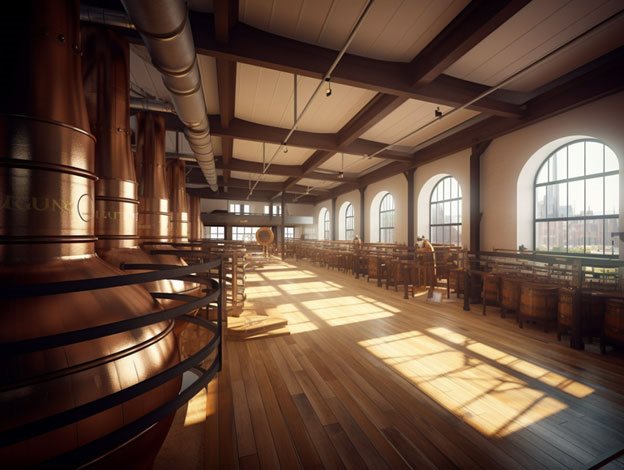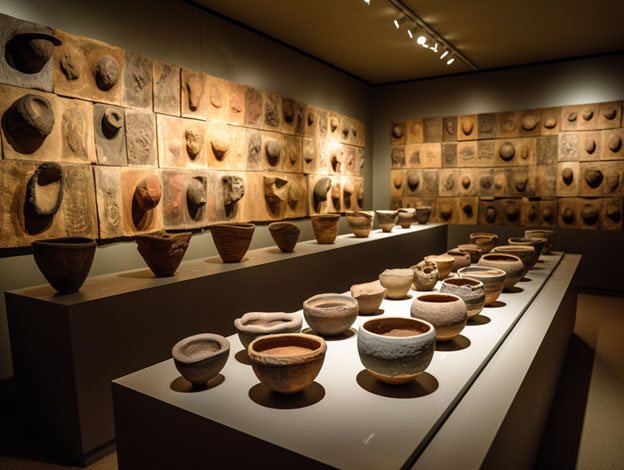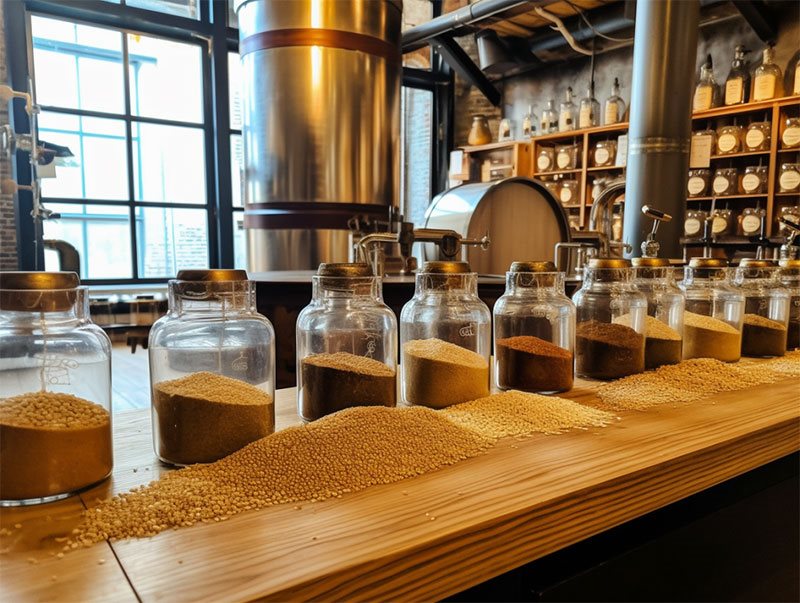There's a world of difference between sipping a peaty Scotch, an earthy Irish whiskey, or a sweet and smoky American bourbon. These variations are not merely due to the distilleries' individual techniques but are predominantly influenced by the region where the whiskey is produced. In this article, we'll embark on a delightful journey exploring how the regions of Scotland, Ireland, and North America play a crucial role in shaping whiskey's character.
Our first stop is Scotland, a land synonymous with whisky. No place on earth holds the art of whisky making with more reverence than Scotland. The region is so essential that it’s reflected in the very name of the spirit - "Scotch". Scotland is divided into five whisky producing regions: Highland, Lowland, Islay, Speyside, and Campbeltown, each with its distinctive flavor profile.
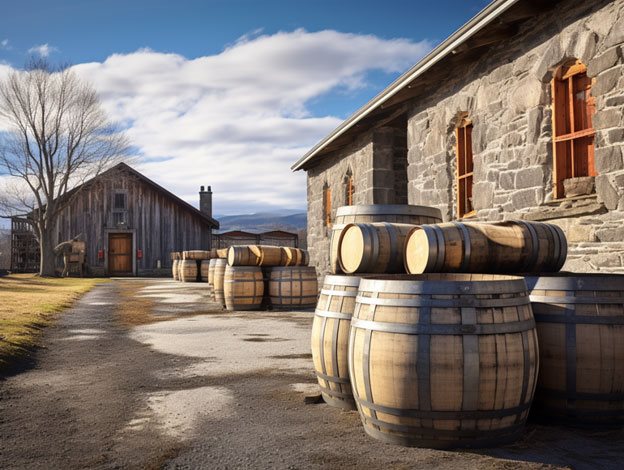
The harsh Scottish climate and abundance of peat bogs play a pivotal role in Scotch’s unique taste. For example, Scotch whiskies from Islay are famous for their smoky, peaty flavor, a direct result of drying malted barley over peat fires. Speyside whiskies, on the other hand, are generally sweeter and more complex, attributable to the soft, pure water sourced from the region's fast-flowing streams.
Let's catch a ferry across the Irish Sea and visit Ireland, home of the smooth and triple-distilled 'Irish whiskey'. Unlike Scotch, Irish whiskey traditionally uses a mix of malted and unmalted barley and is triple-distilled, resulting in a smoother and lighter spirit. It's the unique damp Irish climate that aids the maturation process, allowing for a consistent, mellow character across Irish whiskies.
Ireland's law restricts whiskey production to pot stills, which gives Irish whiskey its distinct full-bodied and creamy texture. Additionally, Ireland's soft, pure water contributes to the whiskey's overall smoothness. Famous brands like Jameson and Bushmills offer a taste of this distinctly Irish character.
Finally, we set our sights on North America, where whisky making has its unique twist. The term 'American whiskey' encompasses a variety of styles, including bourbon, Tennessee whiskey, and rye whiskey. Each style has a specific set of regulations tied to its production, but what they all share is the use of new charred oak barrels for aging.
Kentucky, the heartland of bourbon, stands out due to its abundant supply of corn and unique limestone-filtered water. The high calcium content of this water enhances the fermentation process and adds a touch of sweetness, balancing the strong flavors from the charred barrels. Tennessee whiskey, like the renowned Jack Daniel's, goes a step further with the Lincoln County Process - filtering the spirit through sugar maple charcoal before aging, which imparts a distinct smoothness.
In contrast, Canadian whisky (often rye whisky), takes advantage of Canada’s colder climate, leading to a longer, slower maturation process, resulting in a gentle, smooth, and light spirit. Canadian regulations allow for a higher percentage of other grains in the mash bill, resulting in diverse flavors across brands.
To sum it up, the region of production isn't just a geographical indication; it's an embodiment of the whisky's character. From the peat bogs of Scotland and green fields of Ireland to the cornfields of Kentucky and frosty Canadian wilderness, the regional influence is present in every sip. Each area, with its unique climate, water source, and production methods, weaves a rich tapestry of flavors and textures, making whisky tasting a journey around the world. So, next time you enjoy a dram, remember - you're not just tasting whisky; you're savoring a region's spirit!




